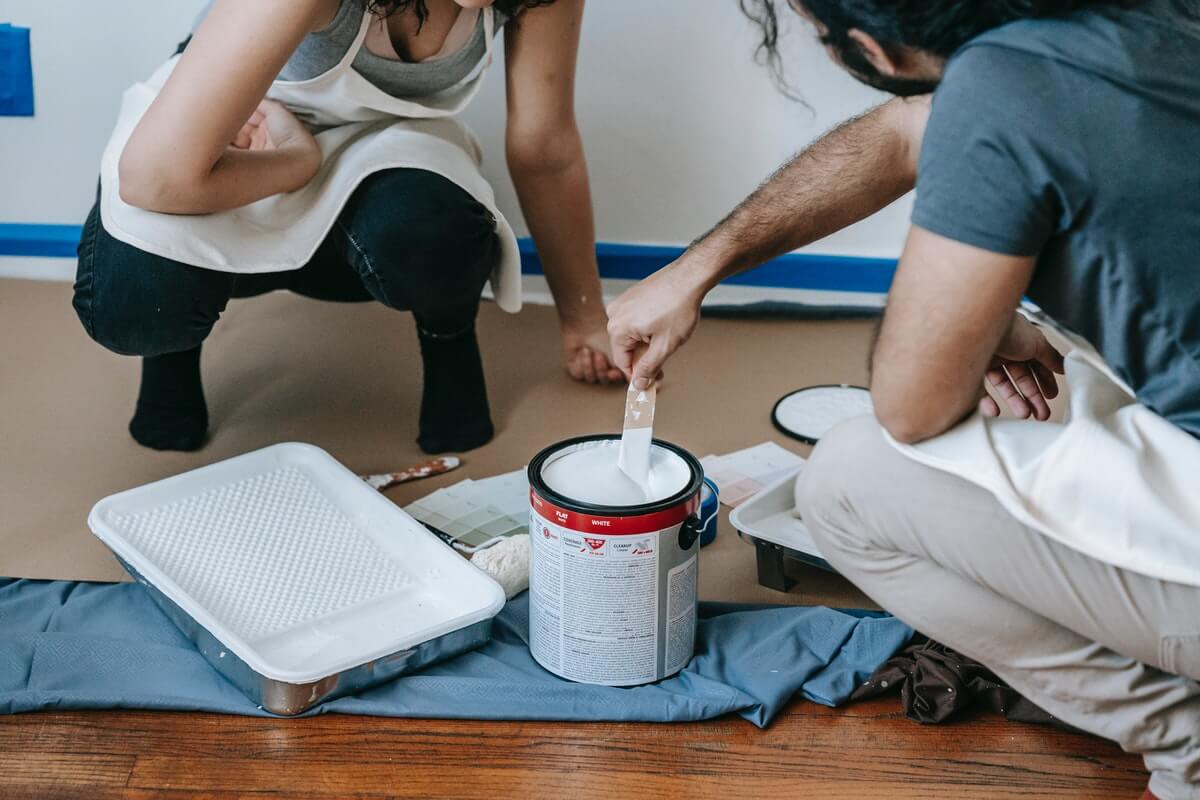7 Ways To Damp Proof Your Property

Many homeowners are concerned about dampness, which is one of the most prevalent difficulties we encounter with properties. Damp can cause significant structural damage unless it is dealt with promptly.
DBI has compiled a summary of both structural and domestic measures that may be taken to keep your house secure and dry.
Structural Factors
The following is a list of structural improvements that might be made to prevent damp damage and recurrence by treating the problem as well as preventing wetness from developing in the future.
- Installing a Damp Proof Course and a Damp Proof Membrane
Groundwater rises up the walls or floor as rising damp. A waterproofing sheet will be inserted into the walls of the building to prevent moisture from climbing upwards. A damp proof membrane is a sheet of material that is impermeable to water. It is installed under a concrete floor, which should also be connected to the damp proof course, ensuring that the structure is completely sealed against moisture.
- Installation of Bathroom and Kitchen Fans
All homes get damp due to daily life, which is unavoidable. The kitchen and bathroom are the most prone to dampness. Fans in the bathroom and kitchen help to keep constant air circulation throughout your home and alleviate any condensation issues that may occur.
- Improving the Outside of the Property
Penetrating damp is a type of moist that causes significant damage to exposed surfaces of a structure, such as roofs or chimneys. Penetrating damp tends to spread horizontally rather than vertically as does rising damp. Drain cleaning should be done on a regular basis to allow water to flow away from the home. Because the wetter months may cause costly, long-term harm to your property, you should check for clogs in drains and gutters throughout the year.
- Fix Plumbing Problems
The majority of damp issues in bathrooms and kitchens are caused by leaks from water and waste pipes. Water and waste pipes can cause damage to both the exterior and interior walls as well as ceilings when they leak. Mould may be visible with these types of dampness, as well as wood rot if it is not addressed. Where floorboards have rotted due to wood rot for a long period of time, there’s a danger of collapse. A competent tradesman should be called immediately if plumbing problems exist.
Household Factors
There is an extensive list of things you can do to protect your home from dampness and keep it smelling fresh. Here are some easy fixes for your house that may help minimize the chance of dampness:
- Heating Levels and Insulation
The ideal room temperature is between 19-22 degrees Fahrenheit, with the bedroom maintained between 16-20 degrees. These temperatures reduce the amount of moist air in the home. When you’re not at home, make sure the temperature doesn’t drop below 15 degrees – falling beneath this can cause condensation. Having good insulation may also aid in preventing mould growth by keeping warmer walls and ceilings and restricting mould development.
- Ventilating your home
This is a simple and straightforward procedure. Double glazing and sealing off air vents and chimneys will limit the amount of moist air exiting the home. When using these rooms, close kitchen and bathroom doors to prevent moisture from reaching other rooms – particularly bedrooms, which are usually colder. Also, avoid cramming too many things into cupboards and wardrobes; this can cause airflow to be disrupted, resulting in condensation issues.
- Reducing levels of Moisture
That’s all there is to it. Damp is a problem we all face, and there are several ways to reduce its likelihood. You may save yourself a lot of money in the future by using some of these techniques in your vacation rental home.
Rising dampness is not the most common form of dampness encountered in buildings; this is left to condensation; however, it is very likely that a high proportion of older buildings are affected by rising dampness to some degree or another, and it does cause problems. With positive identification, appropriate remedial action and ancillary works can be carried out. To find out more about protecting your home from dampness, please contact DBI.








